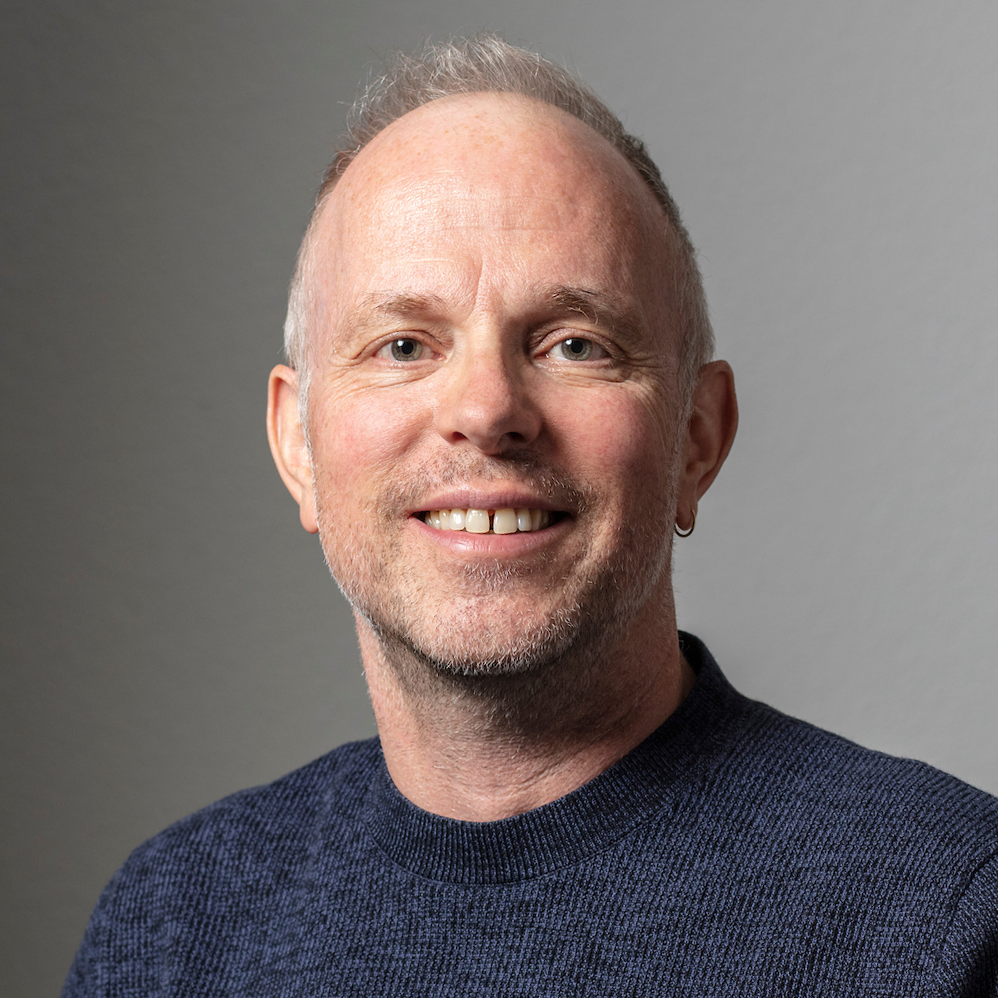
With Isabella Kocum, all that glitters really is gold

Isabella Kocum left Switzerland and experienced the creative, dangerous 1980s in New York; today she works in London among paintings by Van Gogh and Leonardo. Kocum is a gilder at the National Gallery and an artist in her own right. But originally she had other plans.
The young Isabella Kocum had everything required for a successful international dance career – the will, the talent and the training – apart from one thing: a work permit.
Although she kept getting jobs, the small theatres didn’t have the resources to take care of a work permit. “Next,” she says she heard again and again, explaining that she just got skipped over. So, aged around 30, she had to look for a different path to happiness – out of the spotlight.

An inspiring childhood
Kocum, now 63, was born with a creative streak. With a Swiss mother and an Austrian musician father, she had a childhood characterised by music, dance and art. She was born in Davos, in eastern Switzerland, but she speaks perfect Bernese German.
Kocum grew up in the Swiss capital. Even as a child, she drew a lot and created small works of art with clay, she explains during a visit to Bern.
Her first career aspiration was to be a dancer. However, she first had to learn a trade and thought she could emulate her sister, a dressmaker. She passed the entrance exam for the technical college, “but I thought I couldn’t be with so many women.”
After seeing a programme on television about a gilder, she did a trial apprenticeship – and discovered her love of gilding. “You can make something golden out of nothing,” she says.
But dancing remained her goal. After completing her apprenticeship, Kocum worked in the profession for only a fortnight to pay for a plane ticket to New York. That was in 1982.

More
How are you, Switzerland? Let us know in our 2025 survey
Rough times in New York
The US metropolis was exciting at the time, but also dangerous. Kocum had just turned 20. “I didn’t think much about it. I didn’t know any English.”
For around five years she studied modern dance at the Alvin Ailey School using the Horton technique, a very technical, body-emphasising technique with a therapeutic aspect.
She also studied ballet and met many personalities, including the world-famous dancer Mikhail Baryshnikov. “The dance world back then was great,” she says.

“You could live there on very little money back then,” Kocum says about New York. For a while she lived in the notorious Alphabet City neighbourhood on Avenue B. “One day I came home, and someone had been shot dead on my doorstep.”
After training in New York and further dance studies in Paris and London, with a heavy heart Kocum had to give up dancing as a profession because of problems with work permits.
Path to the National Gallery
She had never completely given up her original profession: gilding. She had managed to earn a bit of money from it in the US.

When Kocum finally completed her dance courses in England, she also took a gilding course there in order to build up relationships with other professionals.
Her Swiss precision was noticed and Kocum began to teach herself. This is how she got to know people from London’s National Gallery, the renowned museum in Trafalgar Square that is celebrating its 200th anniversary this year.
The late 1980s and early 1990s were a very good time for her craft, she says. “The workshops were very lively, there was a lot of work.”
Unfortunately, this is no longer the case, she says. Many picture framing studios have closed. “The craft is dying out. People are only buying finished products, branded products that everyone knows and everyone has. It’s sad.”
Doesn’t she mind working mostly on golden frames while the picture is the centre of attention? “Frames also have their own stories,” she replies, explaining that people there often note through which hands a work of art has already passed.
The Swiss Abroad are as diverse as the countries in which they live. SWI swissinfo.ch wants to showcase this diversity and is therefore publishing an exciting personal life story from a Swiss citizen living abroad every month.
But Kocum also sometimes gets very close to paintings by Van Gogh or Leonardo. Seeing them on an easel in the restoration studio makes her heart beat faster. “That’s the icing on the cake of the job. It’s visually very exciting.”
In this video from the National Gallery, Isabella Kocum shows how she gilds picture frames:
In addition to her work, Isabella Kocum has always made art herself. She mainly creates sculptures from wood. She works in polychrome, “like in the Middle Ages”. She paints her works and also uses gold – “but the figures don’t look medieval, they are definitely from our time”.

Many people tell her that her figures have “movement”. “That definitely comes from dancing,” she reckons. “Now everything’s coming together again in the figures.”
The craft is becoming less important
In connection with her work, Kocum also often travels abroad. For example, she was invited to Russia a few years ago to give a lecture on a picture frame from the noble Demidoff family. “Having a bit of Russian helped,” she says.

Because she speaks many languages, she is also asked to give guided tours of her studio to restorers from other museums.
In addition to German, English, French and Spanish, she also speaks some Italian and is learning Korean and Japanese. “That’s pretty weak, but at least I can say a few things,” she laughs.
When we talk about Japan, her eyes light up. “Oh I love Japan, of course,” she says with a sense of yearning. “I’d move there if I could.”
In Japan, which she has visited several times, craftsmanship is generally even more appreciated, she says, explaining how people still take their time, whereas in the West everything has to happen faster and faster.
However, she doesn’t see her future in Japan, but possibly back in Switzerland. “I’m not sure I’ll always stay in London. I stayed because of the job. And yes, I like Switzerland!”
In this National Gallery video, Isabella Kocum talks about Félicie de Fauveau, who created the frame for the painting ‘The Execution of Lady Jane Grey’ around 1841:
Edited by Balz Rigendinger. Adapted from German by Thomas Stephens

In compliance with the JTI standards
More: SWI swissinfo.ch certified by the Journalism Trust Initiative





























You can find an overview of ongoing debates with our journalists here . Please join us!
If you want to start a conversation about a topic raised in this article or want to report factual errors, email us at english@swissinfo.ch.